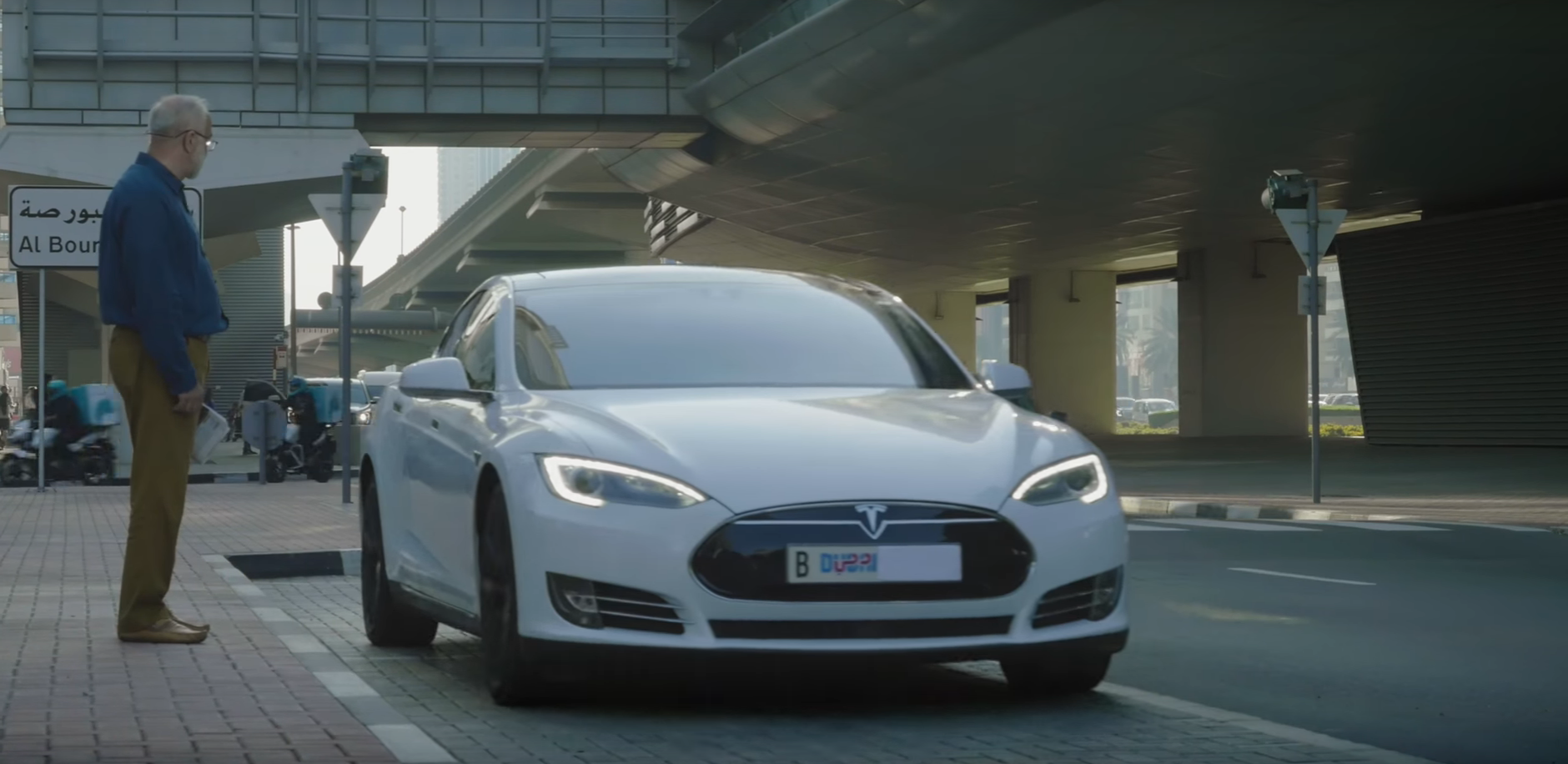Driving Dubai
Tesla has now made the first delivery of 50 cars of a 200 vehicle deal with the United Arab Emirates (UAE), which was made in February. The new fleet includes both Model S sedans and Model X SUVs, each equipped with Tesla's latest Autopilot software. The goal is for the vehicles to be a fleet of autonomous taxis, but they do not yet have full autonomous capabilities. But, while the world waits for this technology to develop and be incorporated, drivers of Tesla's cars can take advantage of the current semi-autonomous system.
According to Mattar Al Tayer, Director-General and Chairman of the Board of Executive Directors of the Roads & Transport Authority (RTA):
Tesla vehicles procured by the RTA of Models (S) and (X) are equipped with the hardware needed for full self-driving capability at a safety level greater than that of a human driver. Tesla’s Autopilot is designed as a hands-on experience to give drivers more confidence behind the wheel, increase their safety on the road, and make highway driving more enjoyable by reducing the driver’s workload.
Ahmed bin Saeed marks official deployment of 50 Tesla electric vehicles to #Dubai Taxi Corporation fleet pic.twitter.com/ArpdMhLrAH
— Dubai Media Office (@DXBMediaOffice) September 17, 2017
Just the Beginning
These 50 cars are only a starting point for Dubai's autonomous taxi plans. Other parts of the world have also begun trials for autonomous taxi services. Uber started a trial of partially autonomous taxis in Pittsburgh last year. Washington has also expressed interest in the proliferation of autonomous driving technologies to potentially make its roads safer.
Studies show that upward of 95 percent of all traffic fatalities are the result of some form of human error. Totally eliminating the possibility for these errors could significantly boost road safety. This safety trend could continue upwards as more passengers and drivers opt into driverless technology. Even more, autonomous cars will all be electric, making for safer roads and cleaner skies all around the world.
Disclaimer: The Dubai Future Foundation works in collaboration with Futurism and is one of our sponsors.
Share This Article
